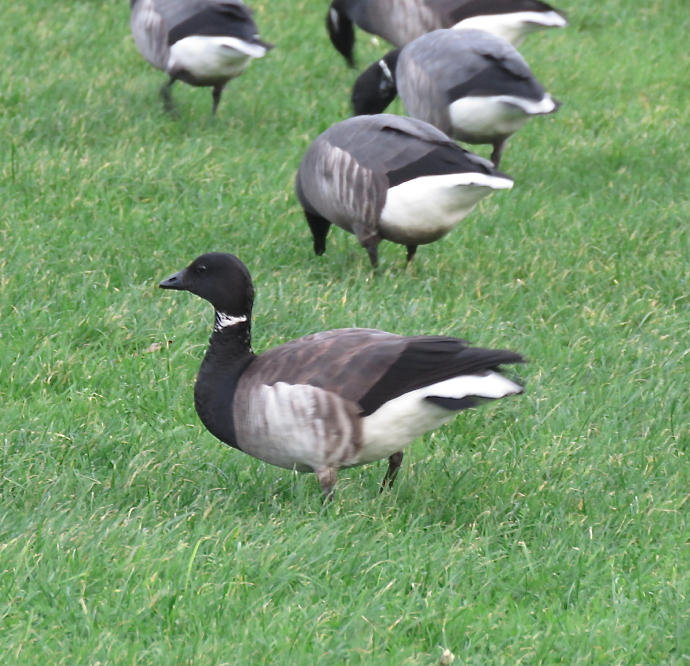You can view this information in two different ways. Our alphabetical list provides information on the status of each species within the harbour, finder dates and names, photos and favoured locations. By clicking on the Systematic List button you will be presented the full Poole Harbour systematic list which includes status of species, pending records and historical accounts.
To date, 333 species have occurred and have been accepted within the Birds of Poole Harbour boundaries. A further 11 distinct subspecies have also been seen. In addition, we have two species/subspecies which have been recorded, but are awaiting acceptance by the appropriate records panel.
There are a handful of historical records, for which there is currently insufficient information to allow their inclusion onto the Poole Harbour list, but are believed to be genuine records. They are listed at the end of the list.
Finally, there are a number of feral or escaped species that have been recorded within the Birds of Poole Harbour boundaries. They are included for completeness, but are not included on the Poole Harbour list.
We would be interested in hearing details of any species that do not appeared on this list.
The Birds of Poole Harbour systematic list is a PDF which you can view by clicking on the button below. It was last updated on December 2019.
Full Poole Harbour Systematic List
Branta bernicla hrota
Scarce Passage Migrant & Winter Visitor
The first record of this taxa was of five in Brands Bay on 28th March 1994. There were two more at Little Sea on the 4th and 5th November 1995 and one at Middlebere on 16th January 1998 . On the 27th Feb 2002 one was found at Middlebere with 200 Dark-bellied Brents with 1 on 27th Feb 2002 at Middlebere with 200 dark-bellied Brent Geese
Since then between 1 and 4 birds are recorded most winters usually to be found in the large flock of Dark-bellied Brent Geese that visit the harbour. There was a high of 6 at Baiter from 14th -24th Jan 2004 and one summered on the Brownsea Lagoon from 18th May until 16th June and was thought to be a sick bird.
This race of Brent Goose is a scarcer relative of our more familiar Dark-bellied Brent Goose. Pale-bellied Brent Geese breed up in Greenland and Alaska

© 2025 Birds of Poole Harbour Registered Charity No. 1152615